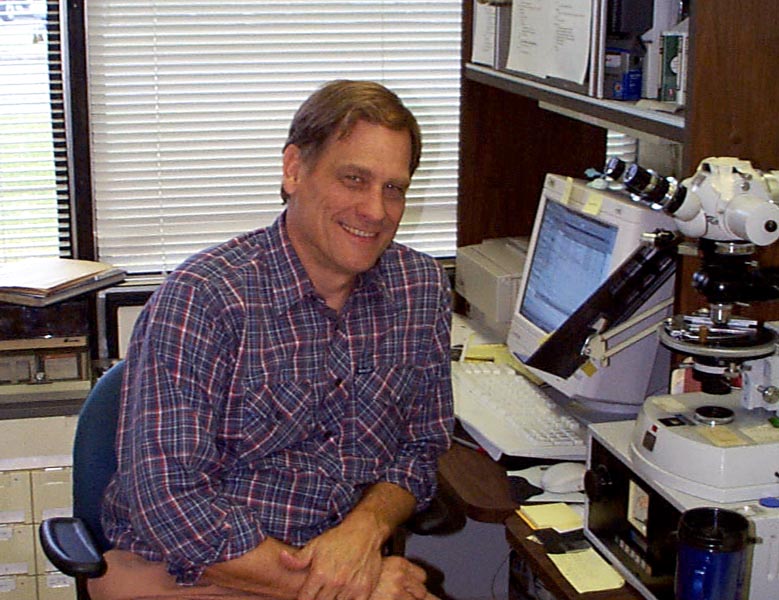
Curator's Comment
Gary Lofgren
NASA - JSC
This has been a notable year that has seen the preparations for the next sample return mission. These preparations include the first ever modification of the lunar facility. The new facility includes 2 class 10 clean rooms that will be used to mount the sampling surfaces in the Genesis payload and then process the returned samples. These modifications have, however, delayed the current round of lunar sample allocations and, for that, we apologize. Those allocations are nearly complete.
Requests for lunar samples for scientific study remain strong. We have sent out 312 samples from the last round of allocations in March. Requests for lunar samples have taken a new turn. As we look forward to the return of samples from Mars, many questions have arisen about how to maintain the organic cleanliness of these samples. One test of the process is to determine how well we have maintained the organic cleanliness of existing lunar samples. We have allocated the first samples that will look at that issue. Note that the next round of sample requests are due in Houston on the 3rd of March, 2000 for the CAPTEM meeting later that same month. We are preparing lunar samples for long-term displays at the Western Australian Museum in Perth and the University of Colorado Heritage Center in Boulder. Because the demand for educational samples remains strong, we have prepared another 30 lunar disks, those plastic disks with several samples enclosed in them, for use by the various NASA centers for distribution to schools.
The second conference “New views of the Moon II, Understanding the Moon Through the Integration of Diverse Datasets” took place in Flagstaff, Arizona. This conference laid the groundwork for the analysis of the new data from the Prospector and Clementine Missions. Speaking of Prospector, the mission was completed July 31, 1999 with a final experiment, an attempt to record evidence for water vapor associated with the impact of the space craft near the south pole of the Moon. The effort did not appear to be successful.
An Apollo 11 basalt was presented to the White House for long term display by the Apollo 11 Crew, Neil Armstrong, Buzz Aldrin, and Mike Collins on July 20th as part of the 30th anniversary celebration of the mission. As part of the 30th anniversary we have been busy in the laboratory showing off the Moon rocks to the interested media who have been filming material for a number of programs. Many of these programs are more than news releases and you may see them on the more science oriented networks in the future.